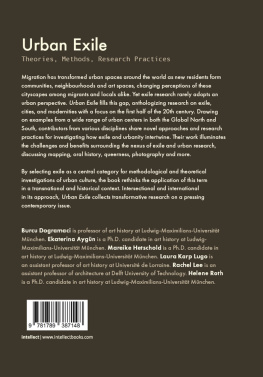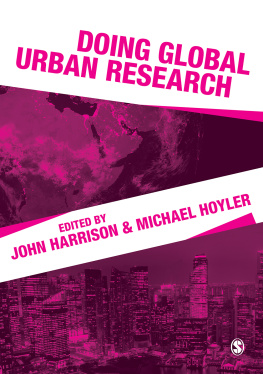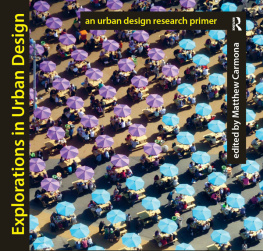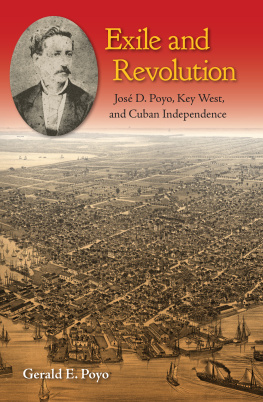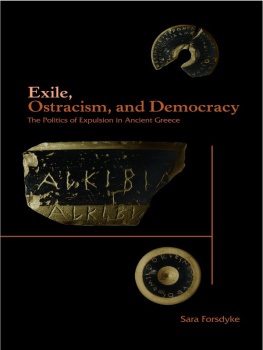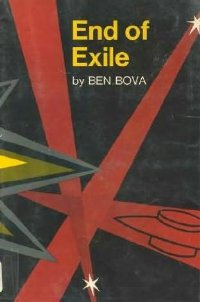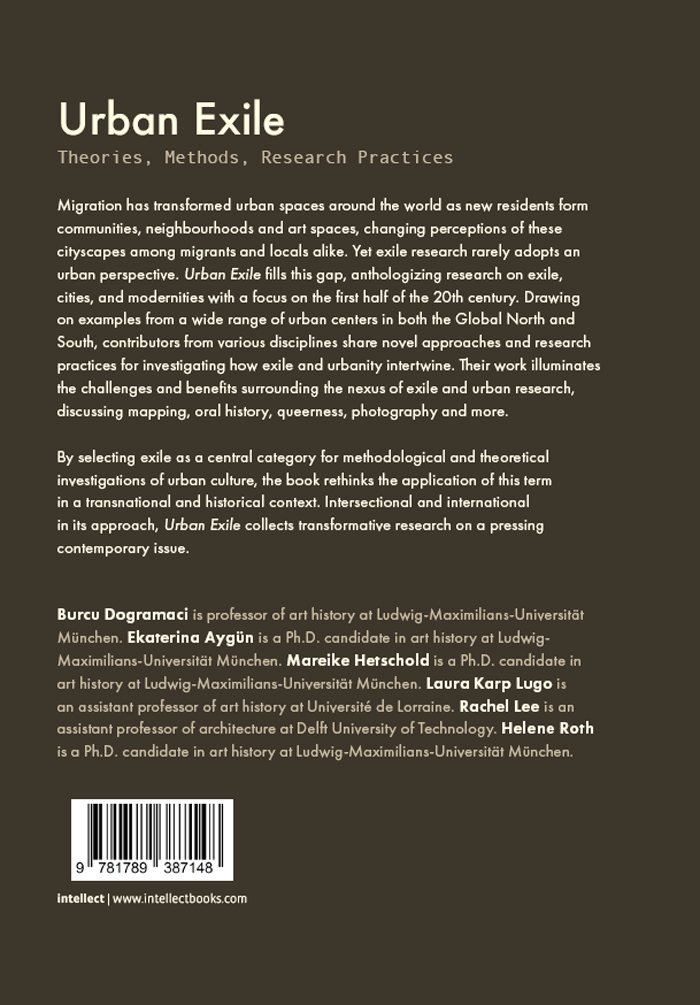Contents
Burcu Dogramaci, Ekaterina Aygn, Mareike Hetschold, Laura Karp Lugo, Rachel Lee and Helene Roth
Maddalena Alvi
Julia Eichenberg
Ekaterina Aygn
Nils Grosch
Felicitas Shner
Burcu Dogramaci
Margit Franz and Rachel Lee
Anna Sophia Messner and Helene Roth
Robert Pascoe and Chris McConville
Burcu Dogramaci
Valentina Pino Reyes
Xin Tong
Katya Knyazeva
Merve Kksal and Seza Sinanlar Uslu
Marina Sorokina
Alexis Nouss
Louis Kaplan
Diana Wechsler
Claudia Cendales Paredes
Mareike Schwarz
Jessica Williams Stark
Mareike Hetschold
Federico Martn Vitelli
Valeria Snchez Michel
Laura Karp Lugo and Marine Schtz
Urban Exile
Urban
Exile
Theories, Methods,
Research Practices
EDITED BY
Burcu Dogramaci, Ekaterina Aygn,
Mareike Hetschold, Laura Karp Lugo,
Rachel Lee and Helene Roth

First published in the UK in 2023 by
Intellect, The Mill, Parnall Road, Fishponds, Bristol, BS16 3JG, UK
First published in the USA in 2023 by
Intellect, The University of Chicago Press, 1427 E. 60th Street,
Chicago, IL 60637, USA
Selection and editorial matter Burcu Dogramaci, Ekaterina Aygn,
Mareike Hetschold, Laura Karp Lugo, Rachel Lee and Helene Roth, 2023
Individual chapters The respective authors, 2023
A catalogue record for this book is available from the British Library.
Copy editor: MPS Limited
Cover designer: Aleksander Szumlas
Cover image: Helene Roth, 185517.9N 724959.8E //
404617.8N 740010.1W, 2019/2022 ( Helene Roth, 2022).
Production manager: Laura Christopher
Typesetter: MPS Limited
Translations and editing: Jennifer Leetsch
Editorial assistance: Maya-Sophie Lutz
Print ISBN (Hbk) 978-1-78938-712-4
Print ISBN (Pbk) 978-1-78938-767-4
ePDF ISBN 978-1-78938-713-1
ePUB ISBN 978-1-78938-714-8
To find out about all our publications, please visit our website.
There you can subscribe to our e-newsletter, browse or download our current catalogue and buy any titles that are in print.
www.intellectbooks.com
This is a peer-reviewed publication.
This project has received funding from the European Research Council (ERC) under the European Unions Horizon 2020 research and innovation programme (grant agreement No. 724649).




Every effort has been made to contact all holders of the copyright to the visual material contained in this publication. Any copyright-holders who believe that illustrations have been reproduced without their knowledge are asked to contact the publisher.
Encountering Urban Exile: Theories, Methods, Research Practices An Introduction
Burcu Dogramaci, Ekaterina Aygn, Mareike Hetschold, Laura Karp Lugo, Rachel Lee and Helene Roth
The German paperback edition of the book Escape to Life by Erika and Klaus Mann shows a photograph of Albert Einstein on its cover (Mann/Mann ). The physicist is standing on top of the Rockefeller Center, the city of New York spreads out below him, he is leaning against the balustrade with his arm propped up, his white suit glowing in the sun, his right hand holding a cigar. Einsteins gaze is directed upwards towards the camera, and he looks as if he wants to say with his whole body: my city. Although the centre of Albert Einsteins life was in the university town of Princeton, this portrait is closely linked to the American metropolis on the Hudson River. The photo was taken in 1938 and bears a dedication to the authors of Escape to Life. Erika and Klaus Manns book from 1939, published with Houghton Mifflin Press, was a whos who of German-speaking migrs during the National Socialist era, and Einstein was only one of the many displaced intellectuals, scientists, writers and artists honoured in the book. While Einstein gave a face to this encyclopaedic overview, New York, the arrival city of many emigrants in the USA, provided further context for the topic. In their volume Escape to Life a reference to the Manns book Sigrid Weigel and Eckart Goebel described New York as intrinsically connected to the migrs fleeing National Socialist Germany:
So much more than other American cities, New York with its promising Statue functions not only as a shimmering metonymy for immigration from all over the world, but also specifically, indeed dramatically and painfully, as an emblem for German and German-Jewish exile after 1933.
(Goebel/Weigel , 1ff.)
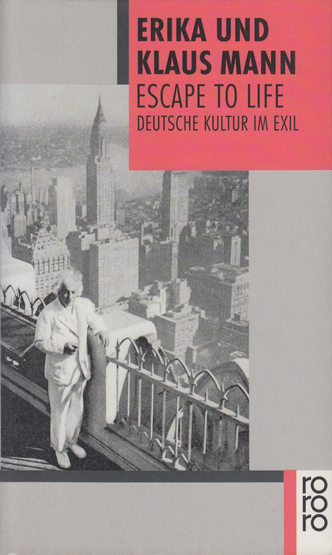
FIGURE I.1: Erika Mann and Klaus Mann. Escape to Life: Deutsche Kultur im Exil. Rowohlt, 1996, book cover with Albert Einstein on top of the Rockefeller Center in New York City (with permission of Rowohlt Verlag).
Goebel and Weigel connect the history of emigration to the USA with the brain drain from Germany in the 1930s and 1940s. The book by the siblings Erika and Klaus Mann, who were also exiled, and Einsteins photograph, which he dedicated to the two writers, leads to the question how city and emigration can be thought together in the early 20th century? New York, like many other metropolises of that decade from Buenos Aires to Bombay to Shanghai was a city constituted by migratory movements. It is widely accepted in sociology that migration shapes cities Gerd Baumann speaks of city and migration as heart and blood circulation (Herz und Kreislauf, Baumann , 106).
Nevertheless, until now, exile research has rarely been conceptualized from an urban perspective. One of the exceptions is the book Metropolen des Exils, in which Claus-Dieter Krohn described German migrs during the Nazi period as a metropolitan population:
Berlin, Frankfurt, Cologne, Breslau were the departure stations for an escape that led them in turn to mainly foreign metropolises: to Paris, Prague and London, to New York and Los Angeles, to Mexico City and Buenos Aires, to Jerusalem and Shanghai.
(Krohn/Winckler , 7)
Taking up this thought, this edited volume will make a significant contribution to the theory and methodology of research on exile in cities and modernities in regard to artistic, photographic and architectural contributions. Modernities does not only imply a certain period of art and cultural history from the late 19th century to the mid 20th century. It also includes modernisms in the way the art historian Kobena Mercer defined the term in his book Cosmopolitan Modernisms in that it
revisits the broad historical period in which modernist attitudes took shape in different national and cultural environments. Travelling through moments of crisis and innovation, it reveals the dynamic interplay between different cultures as a constant thread that weaves in and out of the story of modern art as a whole.

